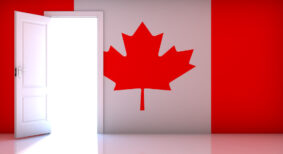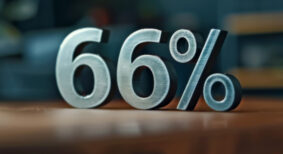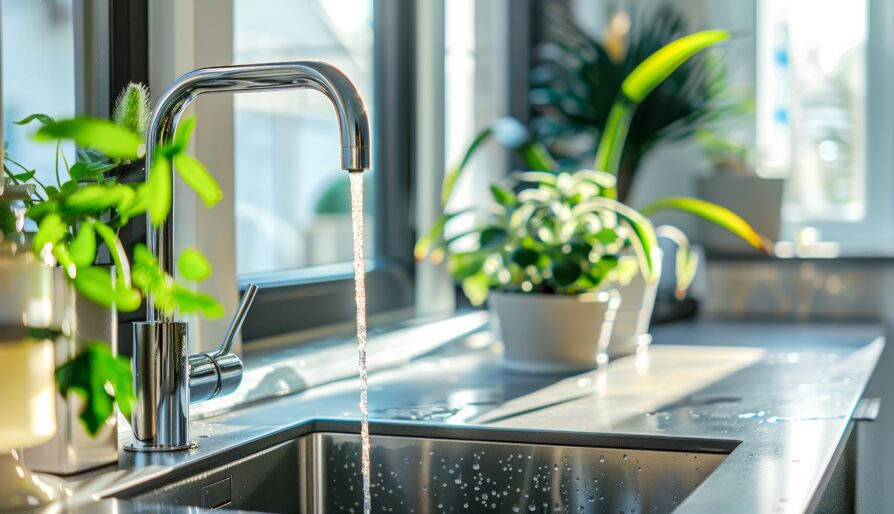While Canada is home to approximately 20 per cent of the world’s freshwater and renowned for its lakes and rivers, many residents are under the wrong impression that water is an unlimited renewable resource. The truth, however, is that water and sewage costs have risen in Canada by nearly 100 per cent since 2005, and energy prices have almost doubled since 2003. For multi-residential property owners, tenant non-compliance and water inefficiencies have a direct impact on their Net Operating Income (NOI).
Since tenants typically do not pay for (or even see) the utility bill, they tend to ignore leaky or faulty fixtures and are less mindful of over-usage. Furthermore, tenants do not generally feel a sense of ownership for their apartments; therefore, persuading them to take a more conservative approach to consumption can be tricky. Yet, studies show that simple behavioural tweaks such as turning off a running tap while brushing teeth or washing dishes vs. using the dishwasher can save hundreds of litres of water per year. It’s in everyone’s best interest to make a habit of reducing their water usage, but those paying the bills are most apt to comply.
Taking a proactive approach
The two main issues building owners face when dealing with water inefficiencies are the ever-increasing cost of water and tenant over-usage—both of which lead to an increase in operating costs. Taking a proactive approach to asset management begins with understanding that you cannot manage what you cannot see or measure.
While building owners and managers often understand the variables that contribute to their monthly water costs, without the capability to accurately measure consumption and loss, there is no adequate and available data to manage. This will ultimately negatively affect one’s competitive position, resulting in the potential need to compensate for the additional cost by raising monthly rental rates.
The best first step is to address inefficient fixtures and appliances. Given occupant behaviour is always an unknown variable, landlords will see a direct benefit from upgrading to a more efficient showerhead and other key appliances. This layer of efficiency prepares building owners to implement more advanced technologies that can monitor and manage consumption at the Point-of-Use (PoU), ensuring unwanted or unintended events (outside of normal occupant behaviour) are identified, mitigated, and communicated to appropriate resources.
Implementing various automation technologies to monitor and manage PoU appliances and fixtures for forced consumption should only be considered once the building’s asset base is as close to high efficiency as possible.
Track, measure and manage
Until recently, building owners relied on monthly utility bills to monitor monthly water consumption; however, this method of monitoring was and continues to be extremely limited in scope, as toilets in individual units cannot be assessed, nor can leaks be easily identified. With toilet and appliance leak detection hardware and water management devices, it is now easy to monitor, analyze, and manage each unit individually and in real time.
This ability to track, measure, and manage consumption means that building owners are in a better position to optimize their buildings’ in-suite water usage and take immediate corrective measures, thereby potentially saving thousands of dollars monthly. This is the primary reason why building owners are now recognizing the importance of real-time data capture and are beginning to install and implement water management devices and software designed to create smarter buildings.
Did you know…
Statistically, Canada is one of the worst offenders when it comes to water consumption. Canadians use an average of 329 litres of water per person per day, which is second only to Americans in the developed world. This is more than double what Europeans use, where water costs substantially more. Data shows that Canadians consume a staggering 65 per cent of their water in the bathroom, mostly from showering and bathing. Given one third of Canadian households are renters, which translates to approximately five million families, tenant non-compliance is a key issue, yet most tenants remain unaware of their true water consumption footprint.
WatrTekPro Inc. is an innovative water management consulting company that provides numerous advanced water technologies and services. For a free water analysis and consultation, email Nando Presciutti at nandop@watrtek.com






